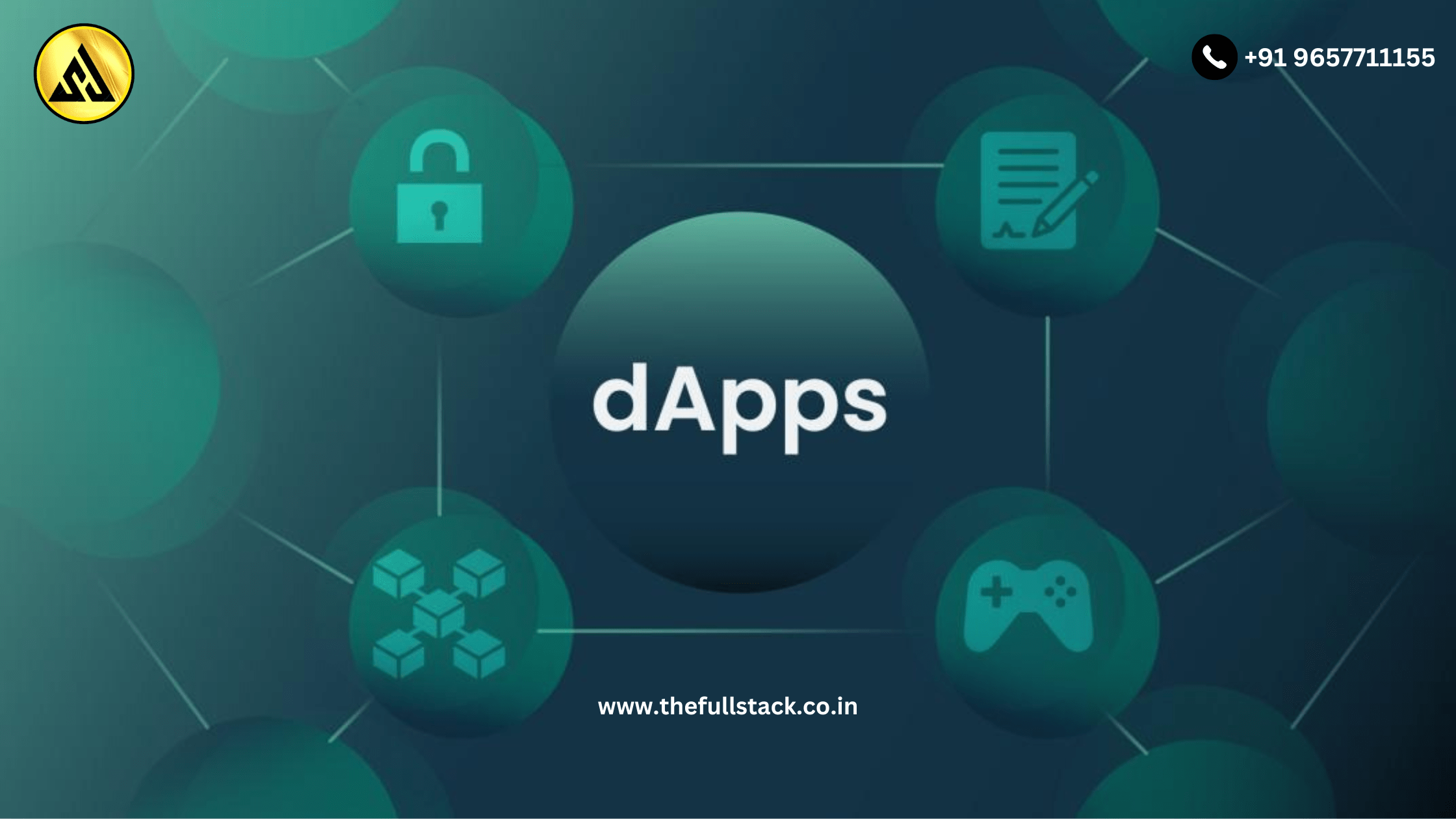
Developing Decentralized Apps (DApps): Tools and Techniques
Data control and system transparency are more crucial than ever in the current digital era. This is where Decentralized Applications (DApps) come in, providing an alternative to conventional centralized systems in the form of open, safe, and user-driven ecosystems fueled by blockchain technology.
This blog is for developers and tech enthusiasts who are interested in the tools and methods used in DApp development.
🧠 What Are DApps?
An application that operates on a blockchain network is known as a DApp (Decentralized Application), which guarantees that no one organization has control over its data or backend. DApps use smart contracts, which are frequently driven by Ethereum or other blockchain platforms, as opposed to traditional apps, which have centralized servers and databases.
🔍 Core Features of DApps
- Decentralization: No single point of failure or ownership
- Open Source: Anyone can inspect or contribute to the code
- Blockchain-Based: Operates on distributed ledgers
- Incentivized: Often uses tokens or cryptocurrency for user engagement
🛠️ Essential Tools for DApp Development
Here are the most common tools developers use to build functional and scalable decentralized apps:
1. Blockchain Platform
Choose your base blockchain:
- Ethereum: Most popular platform with strong community and tools
- Polygon (Matic): Scalable Ethereum-compatible chain
- Solana: Known for high speed and low transaction fees
- Binance Smart Chain (BSC): Compatible with Ethereum tooling
2. Smart Contract Language
Write the backend logic for your DApp:
- Solidity: Most widely used for Ethereum-based smart contracts
- Vyper: A Pythonic smart contract language (still emerging)
- Rust: Used for Solana and Polkadot contracts
3. Smart Contract Development Frameworks
- Hardhat: Modern and flexible framework for Ethereum development
- Truffle: Oldest, feature-rich Ethereum development suite
- Foundry: Lightweight and fast Solidity toolchain
4. Frontend Frameworks
You can build the user interface just like any other web app:
- React.js or Next.js for responsive and modern UIs
- Vue.js for lightweight DApp interfaces
- Svelte for fast, lean DApp interfaces
These connect to smart contracts using libraries like Ethers.js or Web3.js.
5. Wallet Integration
Users need wallets to interact with your DApp:
- MetaMask: Browser wallet for Ethereum and compatible networks
- WalletConnect: Connect mobile wallets with desktop DApps
- Coinbase Wallet: Another secure and popular option
6. Node/Provider Services
To read or write to the blockchain, your app needs a node:
- Infura (if you host Ethereum apps)
- Alchemy for advanced blockchain data and performance
- Running your own node for full decentralization
⚙️ Techniques for Effective DApp Development
1. Smart Contract Modularity
Break contracts into smaller, manageable components. This makes code easier to audit, test, and upgrade.
2. Gas Optimization
Blockchain operations cost “gas.” Write efficient code that minimizes computational steps.
Example:
solidity
CopyEdit
// Use memory instead of storage when possible
function getValue() public view returns (uint) {
uint temp = someStorageValue; // Cheaper than repeated storage access
return temp;
}
3. Use Testnets First
Before deploying to mainnet (real blockchain), always test your app on testnets like:
- Goerli (Ethereum)
- Mumbai (Polygon)
- Devnet/Testnet (Solana)
4. Security First
Smart contracts are immutable. Once deployed, they can’t be changed easily.
Best practices:
- Audit your code or use open-source audited libraries
- Use automated testing frameworks (like Hardhat or Truffle)
- Avoid overcomplicated logic in contracts
5. Decentralized Storage
For data that doesn’t fit in a smart contract (like images or metadata), use:
- IPFS (InterPlanetary File System)
- Arweave for permanent data storage
💡 Real-World DApp Use Cases
- Decentralized Finance (DeFi): Borrow, lend, and trade without banks
- NFT Marketplaces: Create and sell digital art or assets
- DAOs (Decentralized Autonomous Organizations): Community-led governance
- Gaming: In-game assets stored as NFTs or tokens
- Identity & Voting Systems: Secure, tamper-proof records
✅ Final Thoughts
Writing code is only one aspect of creating DApps; another is reimagining how the internet ought to function. You can develop transparent, safe, and user-focused applications that function without the assistance of businesses or centralized systems if you have the appropriate tools and methods.
Developers have a once-in-a-generation chance to influence the future as the globe transitions to Web 3. Decentralize the web, begin learning, and begin building.
It might ne helpful:
The Power of Java: Advantages, Features, and Applications


Leave a Reply